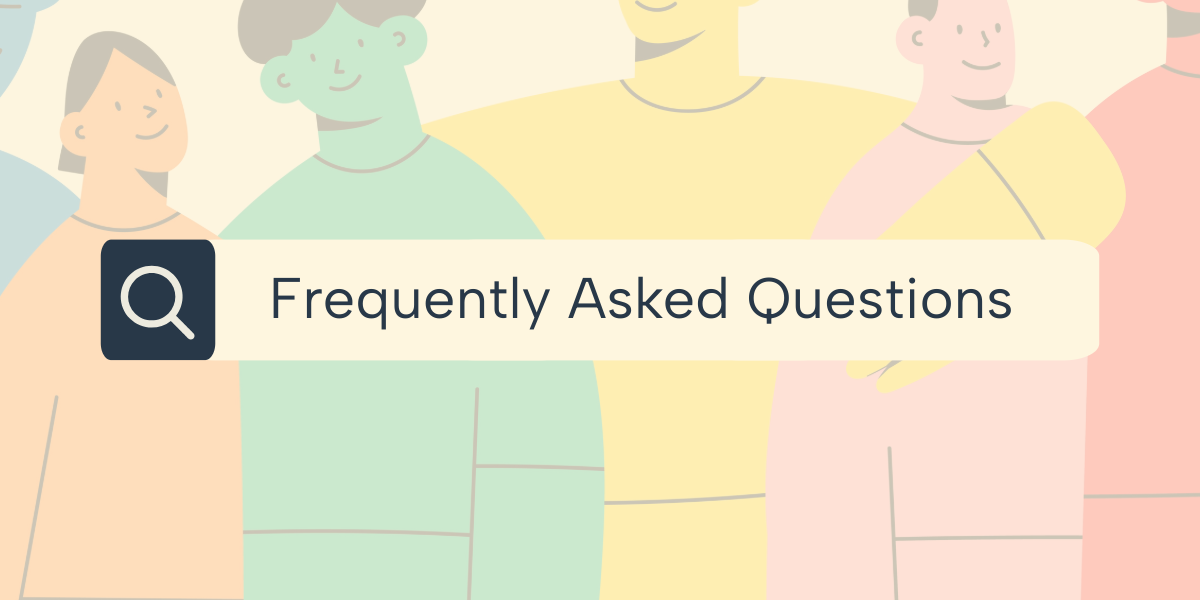Can I use my underinsured motorist coverage if the at-fault driver’s insurance doesn’t cover all my medical bills? – North Carolina
Short Answer
Yes—under North Carolina law, underinsured motorist (UIM) coverage applies when the at-fault driver’s bodily injury liability limits are lower than your UIM limits. You generally must exhaust the at-fault policy and follow your policy’s notice and consent-to-settle rules before your UIM carrier pays. Your UIM insurer gets credit for the at-fault insurance and can contest fault and damages. Deadlines and policy procedures matter, so act promptly.
Understanding the Problem
In North Carolina, an injured person asks: can I use my own UIM coverage to make up the difference when the other driver’s insurance is not enough? Here, the injured driver was rear-ended and is pregnant. The single decision point is whether UIM applies so medical bills and other losses can be addressed when the at-fault driver’s policy falls short.
Apply the Law
Under North Carolina law, UIM is first-party auto coverage that fills the gap between the at-fault driver’s bodily injury limits and your UIM limits, up to your damages. UIM generally triggers only if your UIM limit exceeds the at-fault driver’s liability limit. Before UIM pays, you typically must exhaust the at-fault limits and give your UIM insurer notice and a chance to protect its subrogation rights (often by consenting to settlement or advancing the offer). If suit is filed, the case usually proceeds in Superior Court, and your UIM carrier may participate.
Key Requirements
- Limits comparison: Your UIM limit must be higher than the at-fault driver’s bodily injury limit, or UIM will not apply.
- Exhaustion and consent: You must exhaust the at-fault liability coverage and follow policy rules for notice and consent before settling, or you risk losing UIM benefits.
- Notice to UIM carrier: Give written notice of any settlement offer so the insurer can consent or advance funds to preserve subrogation rights.
- Offsets/credits: The at-fault liability payments reduce the amount payable under UIM up to policy terms.
- Proof of damages: You must prove negligence, causation, and the value of your losses; the UIM carrier can contest these issues.
What the Statutes Say
- North Carolina Gen. Stat. § 20-279.21 (Auto liability, UM/UIM coverage) – Sets required auto coverages and the framework for UM/UIM, including consent and subrogation concepts.
- North Carolina Gen. Stat. § 1-52 (Limitations for negligence actions) – General three-year deadline to sue for personal injuries.
- North Carolina Gen. Stat. § 28A-19-3 (Claims against estates; insurance exceptions) – Claims to the extent covered by liability or UM/UIM insurance are not barred simply because an estate is involved.
Analysis
Apply the Rule to the Facts: If the rear-end driver has a lower bodily injury limit than your UIM limit, your UIM can fill the gap after their insurer pays its limit. Because you are pregnant and treated for back and abdominal pain, your damages may exceed the at-fault limit. To protect your UIM claim, notify your UIM insurer before accepting or signing any settlement with the at-fault insurer so your carrier can consent or advance the offer. If your UIM limit is not higher than the at-fault limit, UIM will not apply.
Process & Timing
- Who files: You (through your attorney). Where: Start by opening a UIM claim with your own auto insurer; if litigation is needed, file the negligence suit against the at-fault driver in the county’s Superior Court. What: Provide written notice of the claim and any settlement offer; request your UIM carrier’s written consent to settle or an advance payment. When: Do this before signing any release with the at-fault insurer and within the applicable time to file a personal injury lawsuit.
- After the at-fault insurer tenders its limit and your UIM carrier consents or advances, pursue your UIM claim. Your UIM insurer may be joined in the lawsuit and can contest liability and damages. Courts commonly order mediation before trial.
- Resolve by settlement, policy arbitration if applicable, or trial. Expect the UIM insurer to credit the at-fault payments against any UIM obligation and then issue payment up to your UIM limits.
Exceptions & Pitfalls
- If your UIM limit is equal to or lower than the at-fault driver’s limit, UIM won’t apply.
- Settling without your UIM insurer’s written consent (or advance) can forfeit UIM rights.
- Multiple policies: You may be able to access UIM from more than one policy depending on your status in each policy; rules are technical and fact-specific.
- Liens and subrogation: Health plans, Medicare/Medicaid, and others may assert reimbursement rights against injury recoveries; address them early.
- If the at-fault driver dies and an estate is opened, insurance-based claims (including UM/UIM) can still proceed to the extent of coverage, but estate deadlines may still affect other recovery avenues.
Conclusion
In North Carolina, you can use UIM only if your UIM limit exceeds the at-fault driver’s bodily injury limit. To access it, exhaust the liability policy and follow your policy’s notice and consent-to-settle steps so your UIM insurer can protect its rights. The key threshold is the limits comparison; the next step is to notify your insurer in writing of any settlement offer and request written consent or an advance before signing a release.
Talk to a Personal Injury Attorney
If you’re dealing with an at-fault policy that won’t cover all of your losses and want to access UIM benefits, our firm has experienced attorneys who can help you understand your options and timelines. Call us today at (919) 341-7055.
Disclaimer: This article provides general information about North Carolina law based on the single question stated above. It is not legal advice for your specific situation and does not create an attorney-client relationship. Laws, procedures, and local practice can change and may vary by county. If you have a deadline, act promptly and speak with a licensed North Carolina attorney.


